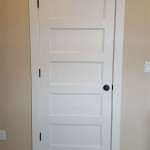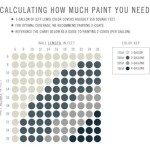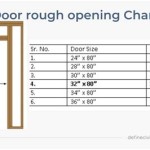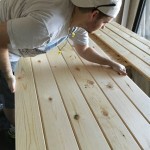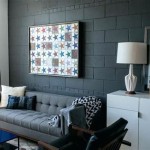Brick veneer is a popular choice for interior walls, as it offers a unique look and feel to any home. Brick veneer is a thin layer of brick that is applied over existing walls, providing an aesthetically pleasing and durable surface. In addition to being aesthetically pleasing, brick veneer can provide insulation and soundproofing to any interior walls. In this guide, we will cover the different types of brick veneer available, the pros and cons of using brick veneer, and how to install brick veneer.
Types of Brick Veneer
There are several types of brick veneer available, ranging from traditional brick veneer to more modern options such as faux brick veneer. Traditional brick veneer is made from real brick and is typically used to create a classic look. Faux brick veneer is made from a synthetic material and can be used to create a more modern look. Other types of brick veneer include thin brick veneer, which is made from real brick but is much thinner than traditional brick veneer, and clay brick veneer, which is made from a mixture of clay and sand.
Pros and Cons of Brick Veneer for Interior Walls
Brick veneer can be a great choice for interior walls, as it provides a unique look and feel. However, there are some potential drawbacks to using brick veneer. Below are some of the pros and cons of using brick veneer for interior walls:
- Pros
- Easy to install and maintain
- Provides insulation and soundproofing
- Unique look and feel
- Can be customized to fit any space
- Cons
- Can be expensive
- Can be difficult to repair
- Can be hard to clean
How to Install Brick Veneer for Interior Walls
Installing brick veneer for interior walls is a relatively straightforward process, although it can be time consuming. Here are the steps for installing brick veneer for interior walls:
- Measure the area to be covered and purchase the necessary supplies, including brick veneer, mortar, and trowel.
- Clean the walls to be covered, ensuring they are free of dirt and debris.
- Apply a coat of mortar to the walls, using the trowel to spread it evenly.
- Lay the brick veneer onto the mortar, pressing firmly to adhere it to the wall.
- Allow the mortar to dry and cure before continuing.
- Apply a second coat of mortar to the brick veneer, using the trowel to spread it evenly.
- Allow the mortar to dry and cure before applying any sealant or grout to the brick veneer.
- Enjoy your newly installed brick veneer interior walls!
Conclusion
Brick veneer is a popular choice for interior walls, as it offers a unique look and feel to any home. There are several types of brick veneer available, and each has its own pros and cons. Installing brick veneer is a relatively straightforward process, but it can be time consuming. We hope this guide has been helpful in understanding the different types of brick veneer, the pros and cons of using brick veneer, and how to install brick veneer. Thanks for reading!














Related Posts



